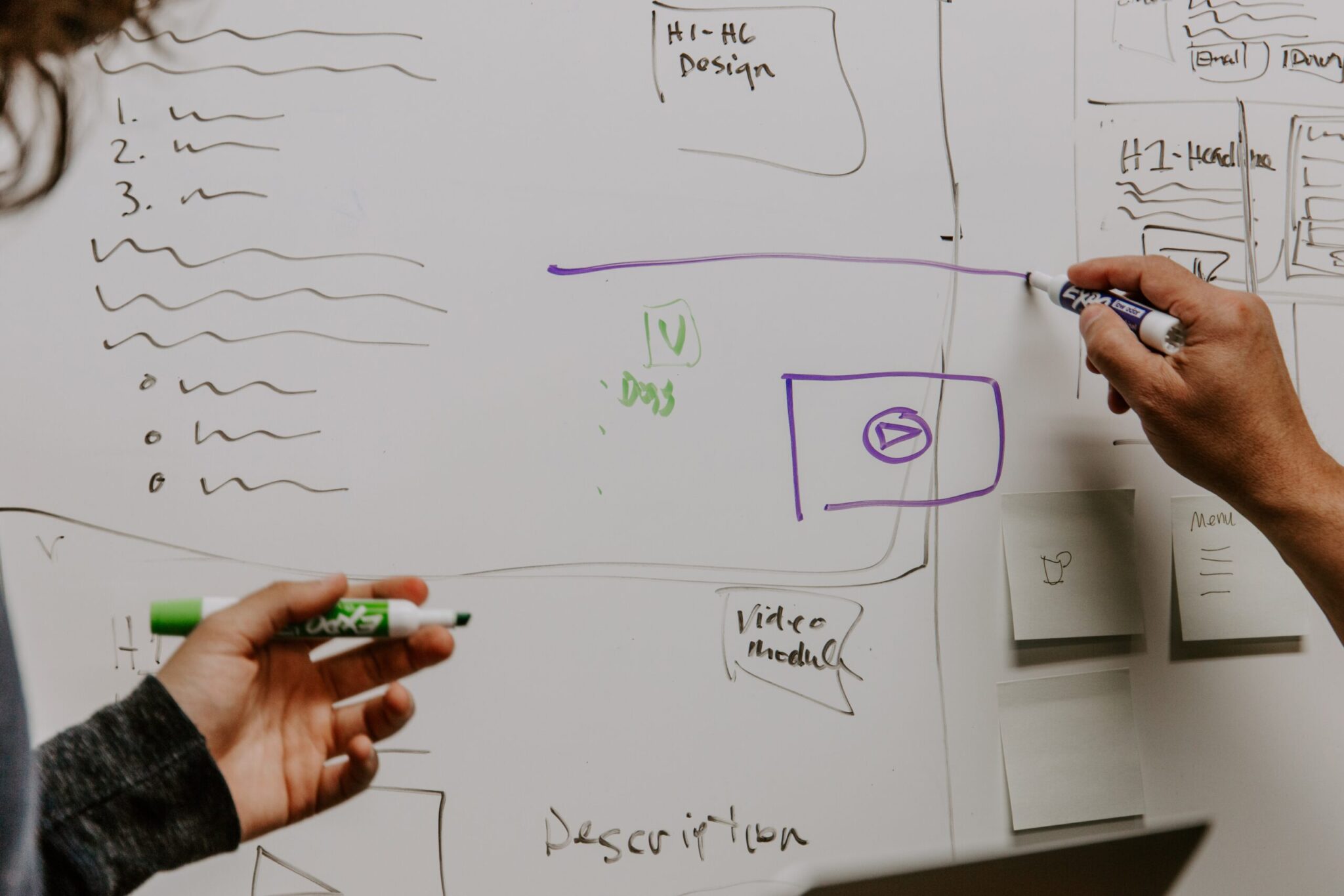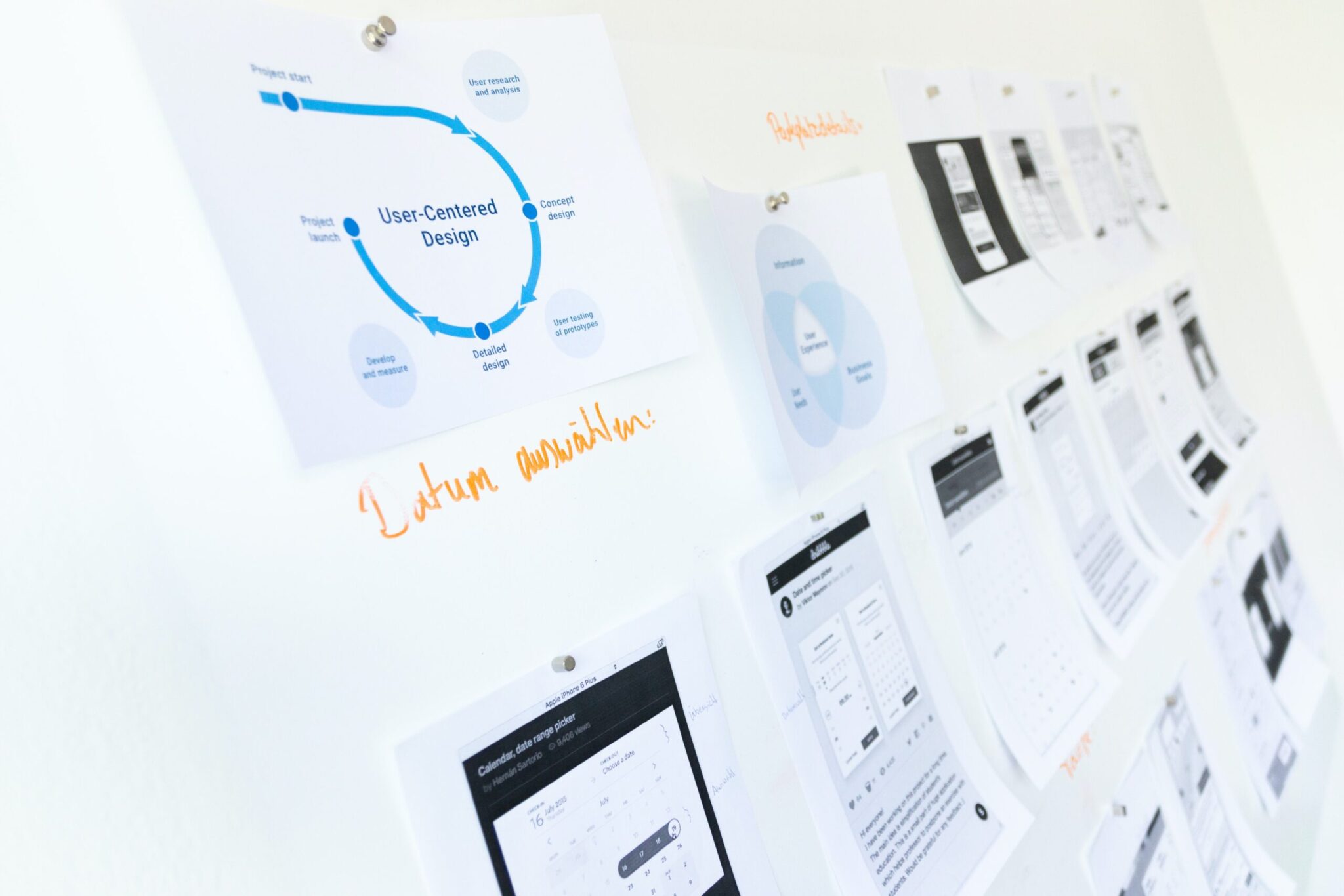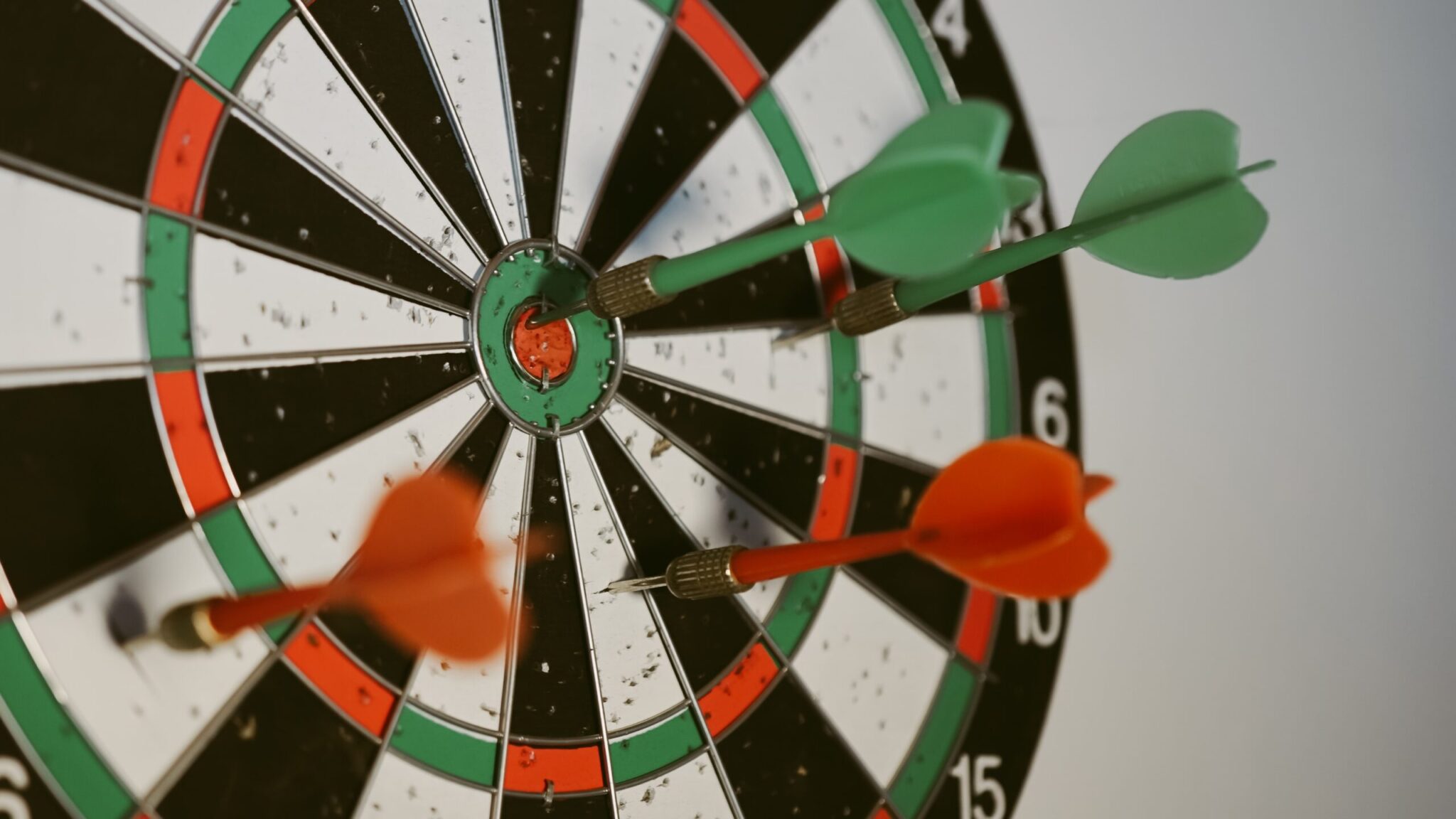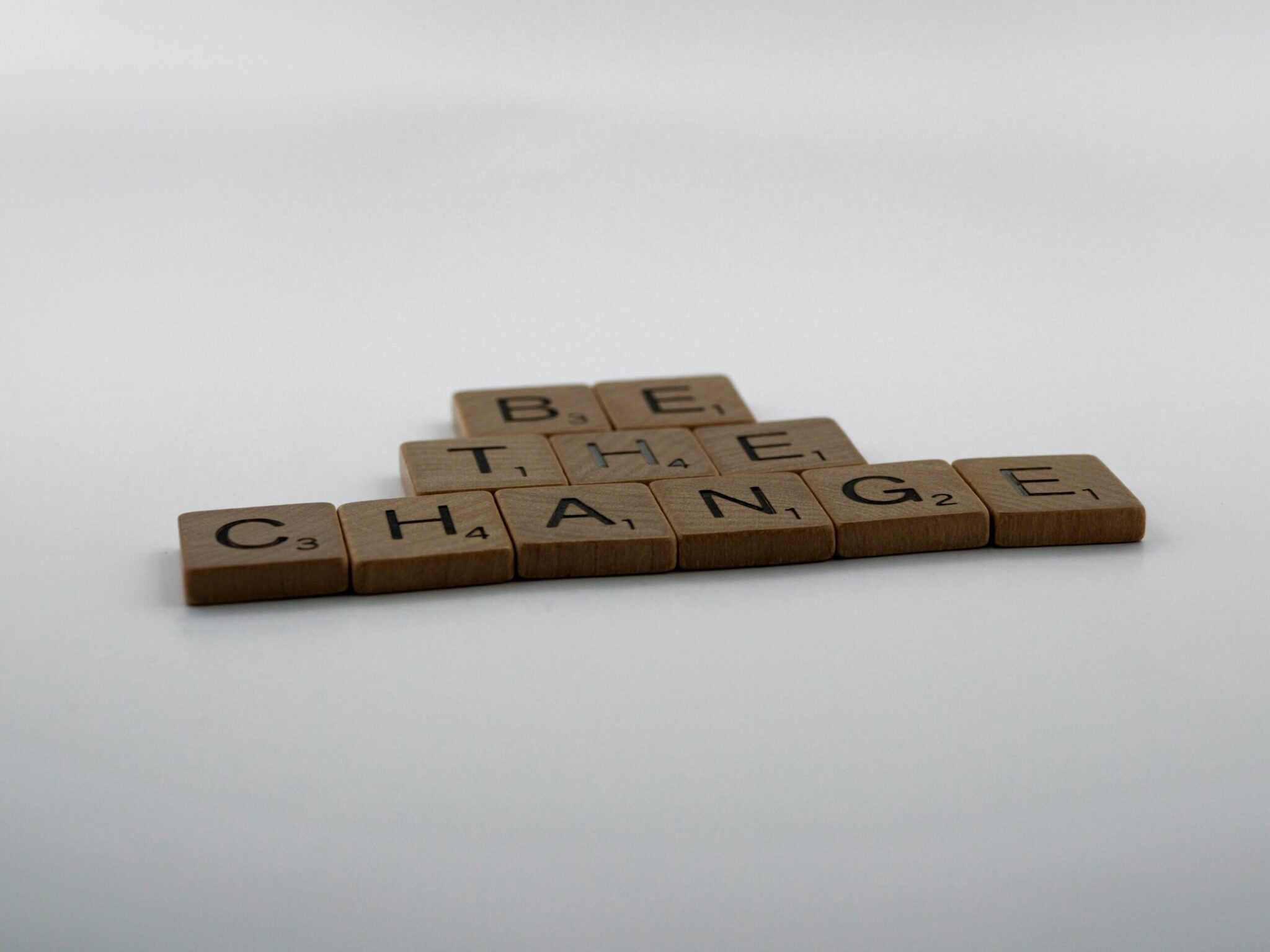It’s incremental. It’s flexible. It takes customer feedback into account at every stage. For a minute there, you’d think of these to be attributes of the design process. But no, it’s the characteristics of agile development that are being described here.
Agile software development principles patterns and practices have quite a few things in common with the UX design process, in that it’s iterative, collaborative, adaptable to change, and thrives on feedback. Despite that, however, designers have struggled to fit design practices into their framework.
Here’s what Agile software development methodology is like –
- Workflows are broken down into user stories and one or multiple stories are taken up into sprints lasting 2 to 4 weeks with incremental work.
- Daily stand-up meetings lasting 5 to 15 minutes earmarked for follow-up conversations.
- Regular prototyping and user testing to help adapt to changes and focus on quality and efficiency.
The benefits of Agile development methodology, with its iterative principle, are focused on developing a releasable product at the end of each sprint. In doing so, it leaves the designers to focus on microscopic questions that can feel detached from a cohesive design vision or the “whole picture”, manifesting in some sort of design tunnel vision. For designers, it’s akin to being tasked with designing a random room, without really knowing if it is to be an office, or a part of an apartment, a hotel, or a cruise ship.
Core Agile Development principles

- Individuals and interactions over processes and tools.
- Working software over comprehensive documentation.
- Customer collaboration over contract negotiation.
- Responding to change over following a plan.
As flexible and collaborative as the Agile development process may be, it still cannot guarantee that it will consistently deliver truly engaging, impactful solutions. It does remain a very effective way of solving problems, but it can’t ensure that the right problem is being solved, to begin with. This is why IT teams have been using Agile in conjunction with design expertise to extract optimum results out of the process.
Core Design principles

- Design the system not the surface.
- Design as evolutionary and user-driven.
- There is no page, only pathways.
- Rapid and iterative over final.
- Simplicity over complexity.
- Collaborative and open design.
Once the real problem to be solved has been identified, the team can implement the Agile process to incrementally build the solution. Going the Agile way, the solution can be enhanced over time, based on user feedback and business needs.
Scott Ambler, the creator of agile modeling, described that “with an iterative approach to the development you work a bit on requirements, do a bit of analysis, do a bit of design, some coding, some testing, and iterate between these activities as needed. It is critical to think through how you’re going to build something, to actually design it, before you build it.”
5 Tips To Integrate UX in Agile Product Development Process
The struggle to fit the UX process of research, ideation, prototyping, user testing, and iteration into Agile product development is real. However, there are a few ways for designers to successfully integrate their practices seamlessly into the fast-paced Agile sprints, and here’s how –
Have a Sprint Zero before the first sprint

It isn’t practically feasible to accommodate research work, wireframe creation, and design along with development in 2 weeks, which is the average duration of an Agile sprint. And this is especially true in the case of new projects. Therefore, the consensus is that the design team complete the research, ideation, and wireframing prior to the commencement of the first sprint. In the case of ongoing projects, Agile teams keep separate backlogs of design and development in order to keep the project running smoothly.
In the real-world scenario, however, it is often impossible to fit all the necessary design work in Sprint Zero. So, there will be times when design and development run alongside each other, and it is up to the teams to ensure that it functions smoothly.
Working in Agile development does not mean you have to skimp on user research. By working ahead of the development sprint, the design team can test assumptions with actual users. This time can also be utilized to review mockups and identify potential issues before it moves to design.
No handoffs

Having the design of the feature ready before it moves to the development sprint does not mean that the designer’s job is done. The designer has to be in sync with the development team throughout the sprint to see the design through and provide support whenever required.
Collaborating with stakeholders from the start helps in creating a shared understanding and a common vision for the projects. This shared vision can also help the designers to gain a more holistic view of the project and thereby prioritize user stories and make the right trade-offs.
Look no further than the Agile Manifesto – it values individuals and interactions over processes and tools. The Agile methodology development process is essentially collaborative, and both design and development have to follow it. Sharpen your soft skills and ensure that communication is healthy and regular – the UX team can lead the way by involving team members in activities such as usability testing, field studies, and ideation, and brainstorming sessions. Effective and timely communication helps in avoiding unnecessary delays and arguments, especially in Agile where losing time can prove costly.
Involving developers in the design process early on can work well for both sides to understand design feasibility as well as technical limitations. It helps developers feel involved and know upfront what’s to be built, whereas the designers can monitor how their designs manifest in the development phase.
Moving on, designers should be a part of daily standups to ensure the project is on track from the design perspective as well.
Involve developers and product owners in

User testing need not be time-consuming or expensive, and the design team needs to demonstrate this to the development team and the product owners. Earmark a day for user research sessions and have everyone attend them. By turning usability testing into a team event, both sides can participate in the sessions and understand its value, first-hand. By giving them a ringside view of these sessions, developers and product owners can be more receptive to design decisions, as it’s difficult to refute hard data. Making design decisions based on user data as a unified team helps the project move forward smoothly, as opposed to trying out untested assumptions. Reinforce the mindset that the designers, developers, and product owners are part of the same team and harbor common goals.
Iterate often and test often

The ‘fail fast, fail often’ mindset works seamlessly in Agile environments. So, start working on low-fidelity prototypes and iterate based on user feedback. Frequently test design ideas without investing too much effort and time. This helps in catching design flaws caught early and correcting them, instead of discovering them in the development phase.
Be iterative with not just the project, but the process too

The most important takeaway from the characteristics of Agile development
is that it is fluid and flexible. While it does provide a process framework, it is certainly not ironclad. It encourages introspection to devise ways of working more effectively and adapting to better processes. As Agile teams continue to grow and mature, they can mix and match UX and development processes that are tailored to meet the demands of respective projects. Post-sprint reviews are important as they help in fine-tuning processes and bettering them over time.
The successful amalgamation of UX design into Agile development hinges on the UX maturity of the said organization. Business leaders have to believe that UX is not the top coat of paint on the building, but the architecture. Second, it also relies on designers to be proactively involved in the process from end-to-end, and for the developers to readily accommodate their involvement. To sum it up, integrating UX into Agile requires trust and mutual respect from all parties concerned.
Five Key Takeaways for Designers
There used to be a bygone era when developers and designers worked independently of each other albeit on the same project, only identifying issues at the end. Agile development that incorporates user experience practices has helped minimize last-minute surprises and allowed predicting timelines more efficiently. Here’s what designers can gain from participating in the Agile process.
Agile aims to deliver software quickly and handle change smoothly

The Agile Manifesto prioritizes people and interactions over processes and tools. In the actual, this translates to frequent communication within teams and with the stakeholders. This also includes daily scrum meetings to ensure that the team members are on the same page. This helps designers to become better at timeboxing or setting time limits on activities. Daily standup meetings no longer transform into endless discussions; they can only center around that day’s work updates and tasks assigned. Designers can get better at being concise and sticking to the agenda. They can gain a newfound understanding and appreciation for the time-bound aspect of the Agile process.
Let go of perfection to produce rapid, iterative work

Rapid iterations have been an integral part of the design process, but now the rest of the team is iterating quickly too. While being a part of the Agile software development life cycle, designers get to make iterations with development partners who can help them with informal (and rapid) usability testing and feedback sessions. What designers specifically need to keep in mind is to focus on rapid iterations instead of just the process of iteration. Partnering with a developer pushes the designer to move away from the rut of perfection and quickly test the feasibility of the design in terms of coding. This way, changes can be made then and there, which saves on time and enhances the final output.
Being tuned in to the big picture

A key challenge of working in the agile product development life cycle is dealing with small pieces of the project which can lead to a lack of continuity. In this case, the UX professional on the team has to be responsible for keeping the big picture in mind – considering what has already been built and what is yet to be created, and ensuring those pieces come together as a cohesive experience.
Research must be lightweight, and also less meticulous

While Agile development methodology stresses the importance of validating designs, the reality could be far from that. Most teams fail to conduct user research consistently, citing hovering deadlines and staff crunch difficulties. However, the design professionals can always suggest discount usability methods such as heuristic evaluations, testing with a small batch of users, or paper prototyping which suit shorter timelines. A better way would be that instead of trying to cram everything in the same sprints, research sprints can be separate and precede design and development sprints. Ideally, research would have to take precedence, working with the product owners, users/customers, and coming up with recommendations on the initiatives that should be prioritized.
Becoming proactive instead of reactive

This involves planning activities before the sprint begins. As a designer, you could be familiar with working head down for extended periods, but this may not fit in with the Agile process. The agile development cycle thrives on the collaboration of cross-functional teams and encourages transparency which leads to issues being identified early on. Cross-functional in this context refers to collaborating with research teams on one side, development teams on the other, and stakeholders as well as users. It involves planning, staying in sync, and maintaining the big picture while working on specifics. Therefore, as a designer, you have to perhaps get out of your shell and become involved in all aspects of the design process, share your ideas, show what you are working on, and contribute to discussions.
The benefits of agile methodology can be best seen in projects where there are evolving requirements, changing priorities, flexible deliverables, and so on. That said, the users only get to experience the final UX. They’re not concerned with the methods used or the expertise of the team involved. Therefore, the ultimate product should manage to tick all the boxes on the usability criteria.









